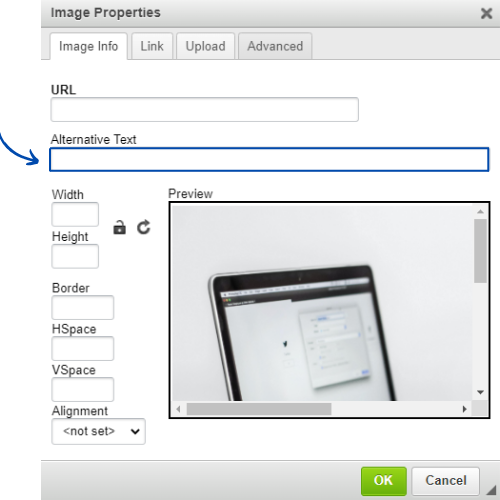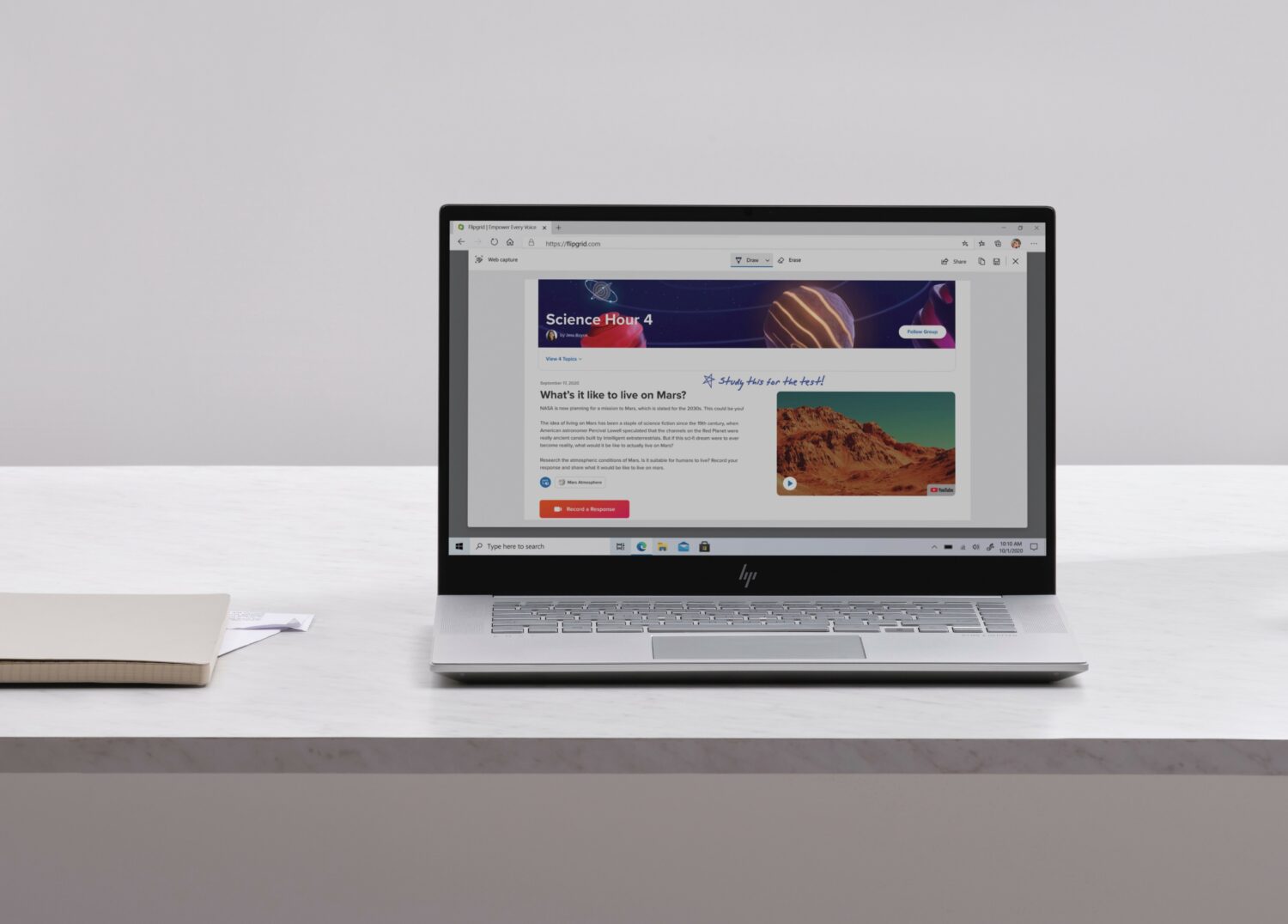In the digital era, online presence is undeniably crucial. Companies have well understood this: in 2021, 66% of SMEs declared having a website, according to the France Num 2021 Barometer, as opposed to only 22% in 2009. This digital revolution has led to a reconsideration of communication strategies by integrating new techniques. One of them: SEO, a valuable lever for optimizing visibility on the web.
Being "Google-friendly," an inevitable prerequisite
This is about ultimate dominance. Google is the preferred search engine for internet users: in France, 90% of them use it, according to the 2022 Statista study. For comparison, only 4% use Bing, and 1% Yahoo. Therefore, the American giant leads the way on the internet. When it comes to content rankings, it's their algorithms setting the pace.
For companies, the goal is clear: to emerge in search results. With several billion indexed pages on Google, the challenge is immense! If this race for visibility is so intense, it's because it poses a real strategic challenge for businesses. Indeed, on a search query, 55% of clicks happen on the first 3 results, according to the 2022 BackLinko study. Unsurprisingly, this rate drops drastically beyond the second page of results, with less than 1% of clicks.
Thus, a company's visibility on the web and its position in search results are closely intertwined. How to succeed in standing out on Google? The key lies in organic search engine optimization.
Building a backlinking strategy by combining PR and SEO
One practice that benefits from the synergy between public relations and organic search engine optimization is: the netlinking. Also known as an inbound link strategy, this SEO technique relies on multiplying digital trusty companions: hyperlinks. Essential for navigating the labyrinth that is the internet, their importance has now expanded significantly.
Taking the example of press releases, the best ones attract journalists’ attention, both in terms of substance and style, and generate coverage by press sites. This media coverage thus promotes the creation of inbound links - i.e., hyperlinks redirecting readers from the media outlets that shared the press release to the company's website. These inbound links are particularly important for organic SEO. Search engines use them to determine the level of user interest and, consequently, rank the website in query results. Hence, an essential criterion.
Inbound links, yes, but not just any! For Google's algorithm, the quality of hyperlinks is crucial. In terms of SEO, this is known as domain authority: the more reliable the sites reposting the press release are judged to be, as is usually the case with press sites, the higher the associated SEO score will be. Thus, combined with public relations, a backlinking strategy helps improve a company's organic SEO and, therefore, its visibility on the web.
4 Tips for Writing a Press Release Optimized for SEO
How can you optimize your press release for good SEO? Here are some tips:
-
Integrate keywords into the text. They reflect the brand's identity and the subject of the release and should appear in the title, lead paragraph, and subtitles. Consider using "long-tail" keywords, composed of at least three words: 69% of search queries contain four words or more, according to the 2021 Ahrefs study. Tools (paid) like Semrush or Keyword Tool can help identify the most relevant keywords.
-
Structure the content with subtitles. Beyond organizing your press release and making it easier to read, subtitles are genuinely beneficial for SEO. These semantic tags contribute to the SEO score assigned by search engines.
-
Insert links to internal and external web pages, always favoring content from authoritative sources. It's worth noting: if your press release contains between 500 and 600 words, it's customary not to include more than 3 links.
-
Add multimedia content to the press release. Images, videos, infographics... You can associate alternative text - called ALT attribute - with these elements to optimize the release's indexing by search engines.

Alternative text, or more precisely ALT attribute, allows
search engines to understand the content of an image.
Best practices to follow, but never losing sight that the most important aspect of a press release remains its content. Optimizing for SEO shouldn't overshadow the primary purpose of a press release: sharing news with journalists.
Emma Alcaraz

